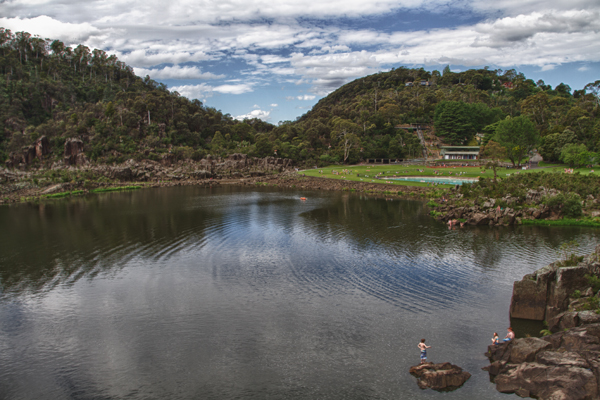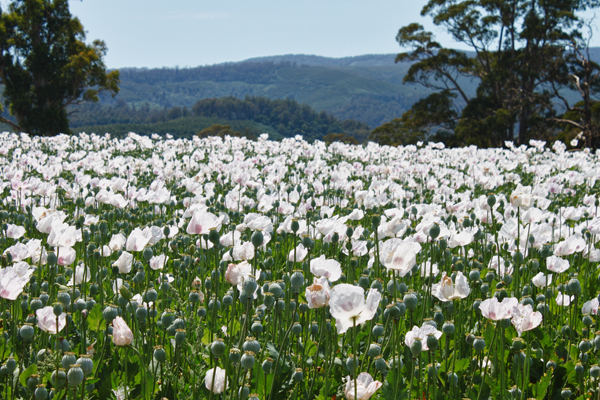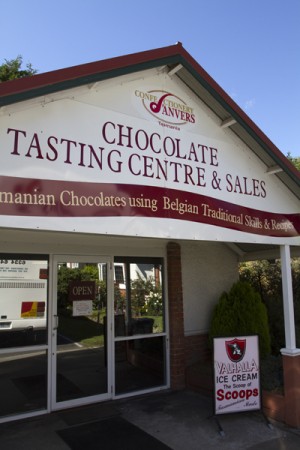This morning I woke before dawn and trundled up to the seldom-used Galaxy Lounge on Deck 6 where the fixings for a continental breakfast are set up around 6:30 for early risers. Charles, one of the Filipino waiters, was up there making coffee and putting out muffins and such. He gladly made me a pot of Earl Grey tea to take back to my room. I was sitting on the love seat facing the balcony, comfy warm in slippers and robe, watching as the sun ever-so-slowly broke through the morning fog when I became aware of an astounding formation of large, sky-black birds flying in a single-file line just inches off the water. I sat there watching bird after bird pass by. It must have taken at least 15 minutes for the vision to pass.
What I was seeing where thousands and thousands of short-tailed shearwaters, or mutton-birds as the Tassies call them. Once called “flying sheep” because of their size, they got their nickname after a British officer back in the early 1800s remarked that the birds tasted like mutton. Exploring the Furneaux Islands in the Bass Strait off the north-eastern tip of Tasmania in 1798, British explorer Matthew Flinders noted in his log that the birds had passed overhead without interruption for a full 90 minutes in a broad stream. “On the lowest computation, I think the number could not have been less than a hundred million birds.”
Their numbers have dwindled, but an estimated 12 million birds still make the 9,000 mile journey from Siberia arriving on Flinders Island (named after the British explorer) punctually on September 27 each year where they burrow in the sandy dunes and lay their eggs. What I was seeing were thousands and thousands of mutton-birds feeding for krill which they would then take back to their burrows and regurgitate for their chicks. Over breakfast I talked with Mick Fogg, our expedition team leader, about the mutton-birds. He said even today some Tassies, especially those with Aboriginal identity, go “birding” for shearwaters, which involves sticking your arm up to the shoulder in a burrow that may hold a mutton-bird or a poisonous tiger-snake “thick as my wrist and as long as my arm.” Mick said if you worry about snakes you’ll never catch a mutton-bird.
As recently as 1950 there was a canning factory on Flinders Island, where we’re headed this morning, employing 300 people who processed the birds and exported them as “squab in aspic.” Mick told me that when he was a kid, his mother would give him a spoonful of mutton-bird oil every morning. “It was said to cure colds and put a glossy shine in your hair and god-knows-what-else.” I asked him what it tasted like and he shook his head in disgust and said, “Vile.”
I think I shall have to try some. If I can find it.






Recent Comments